ALSTROEMERIA INCA FLAMINGO
$31.10
Alstroemeria Inca Flamingo is a bushy, clump-forming, tuberous perennial with lance-shaped, dark green leaves and, from early summer into autumn, funnel-shaped, salmon to coral-pink flowers, the inner petals with yellow, striped throats.Plant in full sun to part shade. Great for pots or in the garden.Water regularly when growing. Apply a slow release or liquid fertilizer during the growing season and remove spent flowers and stems by plucking to promote repeat flowering. Alstroemeria can go dormant during the hot summer months and begin growing again as the weather cools.
Out of stock
- Other names: Peruvian lily ‘Inca Coral’, Alstroemeria ‘Konocoral’, Parrot lily ‘Inca Coral’, Lily of the Inca ‘Inca Coral’
- Foliage: Deciduous
- Habit: Bushy
- Toxicity: Contact may cause skin allergies.
- Blooming Season: Early Spring, Spring, Late Spring, Summer
- Plant Habit: Mounded
- Height: 20 – 25cm
- Exposure: Sun
- Pale pink flowers with deeper pink centres
- Tough, compact garden plant
- Flowers from spring through to autumn
- Flowers can be used as cuts
- Cut back hard after flowering
Uses:
- Garden Beds, Containers
- Transplanting
- Remove 50-cell plugs carefully from trays so as not to damage roots. Do not bury plugs when transplanting.
Keep soil surface of plug level with soil surface of finished pot. If buried, number of shoots may be reduced and delayed.
Temperature Ideal average daily growing temperature 55º–58ºF (13º–14ºC). If grown lower than 50ºF (10ºC) average, rhizomes can go dormant. Can be grown with warmer days if can keep soil temperature <60ºF (15.5ºC). Alstroemeria does not grow or flower well at temperatures >80ºF (27ºC), so plan on growing this crop for spring sales only, unless in Northern regions. If grown cooler than ideal, will delay flowering. If grown warmer than ideal, plants will not be as compact. Light Alstroemeria likes high light levels but cool soil temperatures, as the plant is originally from the Andes mountains. Provide light levels >3000 footcandles or >5 moles per day (DLI). Lower light levels will delay flowering by 7 – 10 days. Avoid high leaf and soil temperatures when using high light levels. Will flower up to 2 weeks faster with longer days and more total light. Water and Feed
Alstroemeria is a thirsty crop, so keep even moisture in containers and avoid too dry or too wet.
Feed as needed with 150 – 200 ppm N from balanced fertilizers such as 15-5-15, 17-5-17, or 13-2-13, which contain calcium and magnesium. Avoid using controlled release fertilizers when growing cool, as less N available to plants at that cool temperature and salts may build up. If leaves turning more yellow, increase ppm or feed more often. Keep media pH 6.0 – 6.5 as this plant likes more alkaline conditions. Maintain media EC 2.0 – 2.5 (SME).
Growth Regulators – None needed Flowering
Controlled more by photoperiod, total light, and cool temperatures. Remove old flowering stalks and leaves by pulling up quickly from the base. This technique will allow continuous flowering of plants. Do not cut them off. If needed, yank out blind shoots to improve flowering. Insects and Diseases
Thrips, aphids, slugs and snails, fungus gnats, root rots (especially Pythium), Botrytis.
Be the first to review “ALSTROEMERIA INCA FLAMINGO” Cancel reply
Related products
Indoor Plants
Indoor Plants
Indoor Plants
Indoor Plants
Indoor Plants
Indoor Plants
Indoor Plants
Indoor Plants

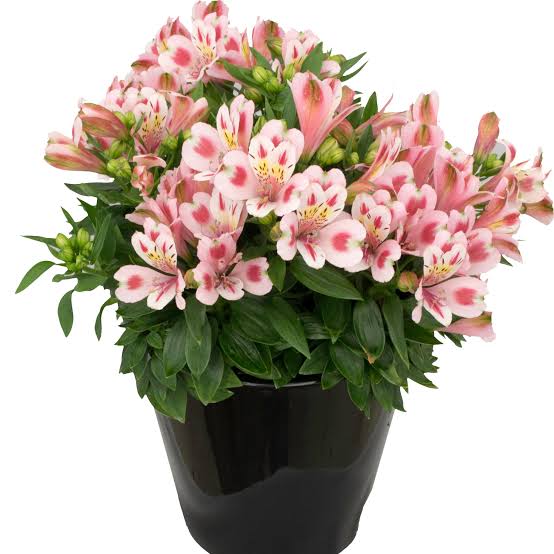
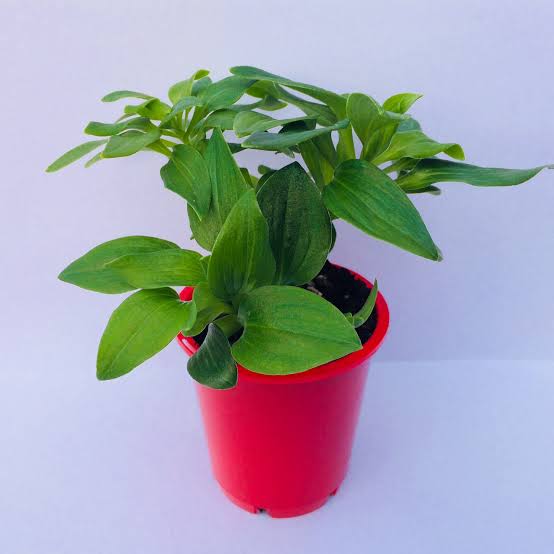
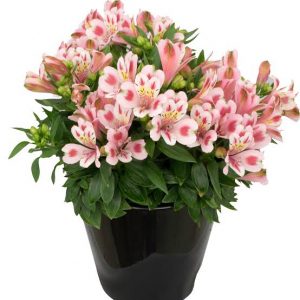
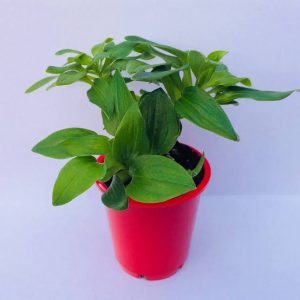
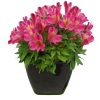
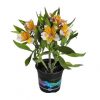
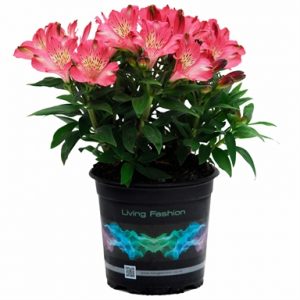
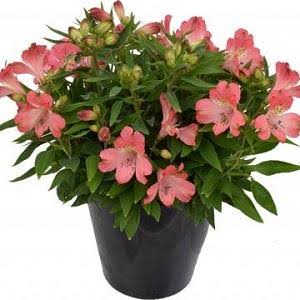
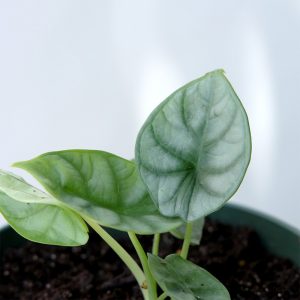
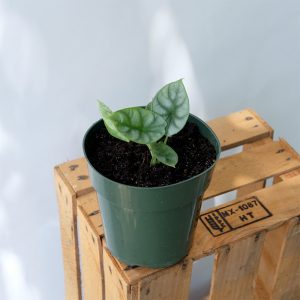
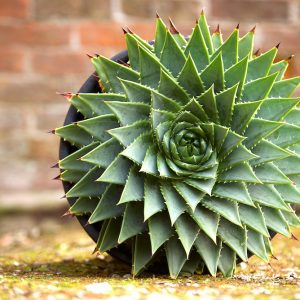
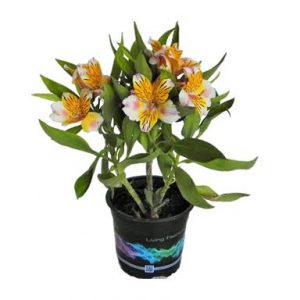
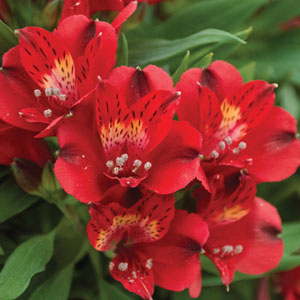
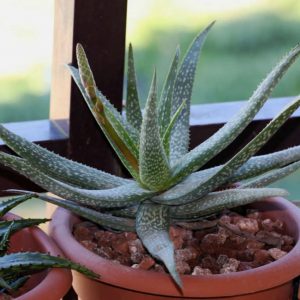
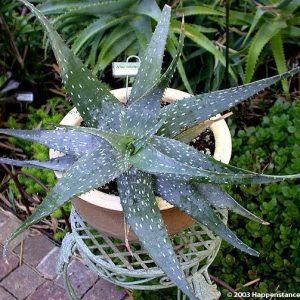
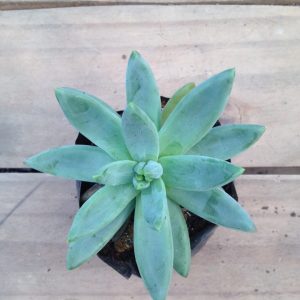
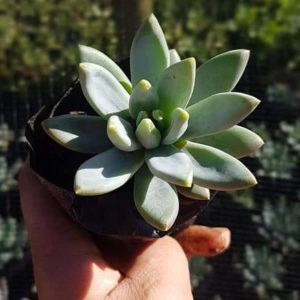
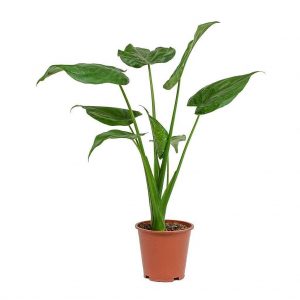
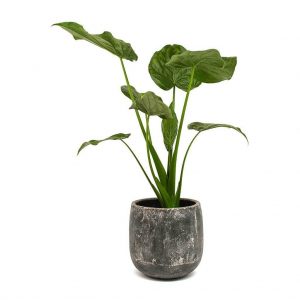
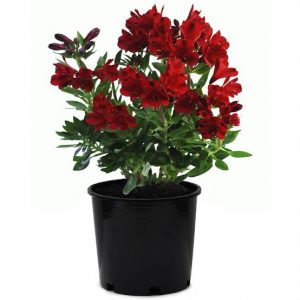
Reviews
There are no reviews yet.